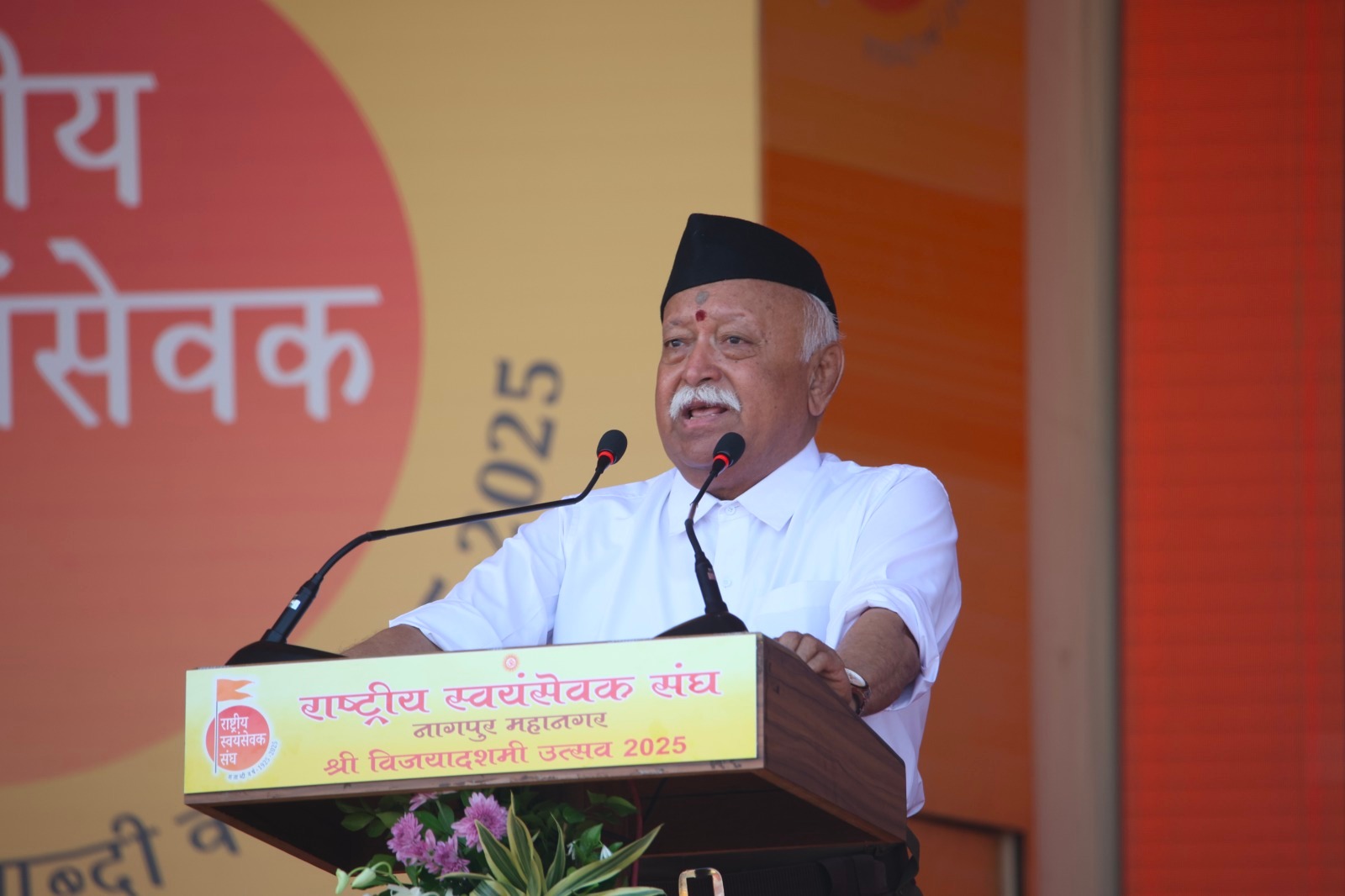If language alone were the foundation of a state or of our identity, then why did Andhra Pradesh, the first state in Bharat to be formed on linguistic grounds in 1953, get divided into two Telugu-speaking states in 2014: Andhra and Telangana? Same language, yet different political aspirations.
The truth is clear – language alone cannot bind people together unless cultural, spiritual, and civilisational unity accompanies it. The reality of today’s Bangladesh, formed in 1971 on the basis of Bengali linguistic nationalism, where Bengali-speaking Hindus are now systematically persecuted, also reveals this bitter truth.
This is not an exception but a civilisational truth, one that Bharat has known for millennia, yet is forgetting today in the trap of “colonial mindset” and “identity politics”.
Let us ask some fundamental questions:
When Adi Shankaracharya travelled from Kaladi in Kerala to Kedarnath-Badrinath in Uttarakhand, from Puri in Odisha to Dwarka in Gujarat, establishing Peethas in all four corners of Bharat, what language did he use to communicate? Did language ever become a barrier in his spiritual mission? No. Because Bharat has always been a civilisation where Dharma, Sanskritic vocabulary, and reverence for knowledge gave rise to a natural cultural coherence and oneness.
When foreign travellers like Al-Biruni from Persia or Xuanzang (Hiuen Tsang) from China journeyed across the vast and linguistically diverse landscape of Bharat, how did they manage to communicate? Because Bharat had evolved natural lingua francas like Sanskrit, Pali, and Prakrit, accepted through civilisational respect. Knowing one such Bharatiya language was often enough to navigate and engage with the entirety of Bharat. Why? Because there was an inherent unity in the fabric of Bharatiya language and culture.
When Shri Krishna moved from Mathura, in present-day Uttar Pradesh, to Dwarka in Gujarat, what language did he speak? How did the people of Gujarat understand and accept their “Dwarkadheesh”? When Shri Ram and the Pandavas, during their years of exile, travelled through tribal areas of forests, hermitages, and kingdoms across Bharat, how did they communicate and build trust and reverence?
When a pilgrim from Tamil Nadu travels to Badrinath or Amarnath, or a devotee from Bengal undertakes a yatra to Rameshwaram, why do they still feel at home – spiritually, culturally, and even linguistically?
The answer lies in Bharat’s civilisational unity, not linguistic uniformity.
Our languages like Hindi, Telugu, Gujarati, Bengali, Odia, Kannada and many more are like the branches of a vast ancient tree, whose roots lie deep in Sanskrit, Prakrit, and Pali. These languages share not just vocabulary, but worldview, metaphors, and cultural grammar. In one language, a pilgrimage is called “Yatra”, in another “Teertha”, but the goal is the same. Dharma is universal. The essence is shared; only the modes of expression differ.
Ancient Bharat was never bound by one language, but was unified through values, rituals, rasa, and spiritual continuity. Pilgrimages, temple festivals, trade networks, fairs, Vedic education systems, Kumbh Melas, and Sant traditions flourished effortlessly despite immense linguistic diversity.
That is why, before 1956, Indian states were never formed on the basis of language. Nor did we have any significant language-based conflict prior to that. The idea of linguistic nationalism is not Indian, it is a modern European construct born out of the homogenising impulse of modernity. European nation-states were formed on this flawed idea, which is fundamentally different from our own cultural and spiritual tradition.
Today, when political groups weaponize linguistic pride, it doesn’t strengthen regional identity; it fragments national unity. It divides Hindus: Kannadigas vs Hindi speakers, Marathis vs Gujaratis, Tamils vs Sanskrit, and who gains from this? Only those who wish to weaken Hindu Dharma and reduce Bharat to a mere fractured geographic or administrative entity.
We must be proud of our mother tongues, and rightly so; but we must rise above narrow linguistic parochialism. We are one people, diverse in speech, united in spirit. Language is meant to connect, not divide. Languages that evolve in harmony with others, not in hostility, are the ones that survive across centuries. Sanskrit is the best example of this sacred inclusivity.
In Bharat, diversity has never been a weakness. It has been our greatest civilisational strength. Our diversities are not signs of division; they are expressions of an inner, timeless unity. Ekam sat viprā bahudhā vadanti… eko’ham bahusyām — Truth is one, sages express it in many ways.
And we must always remember: No temple has ever asked a devotee what language they speak. No Matha has ever turned away a seeker because of their dialect. From Tawang to Trivandrum, from Dwarka to Dibrugarh, our festivals, saints, and rituals transcend the boundaries of language. They are bound by something far deeper – a shared dharmic consciousness.
Let us preserve and honour our mother tongues. But let us also nurture and revive the higher unity of Bharatiyata, not through division, but through Dharma.
Dr Sunil Mohanty



